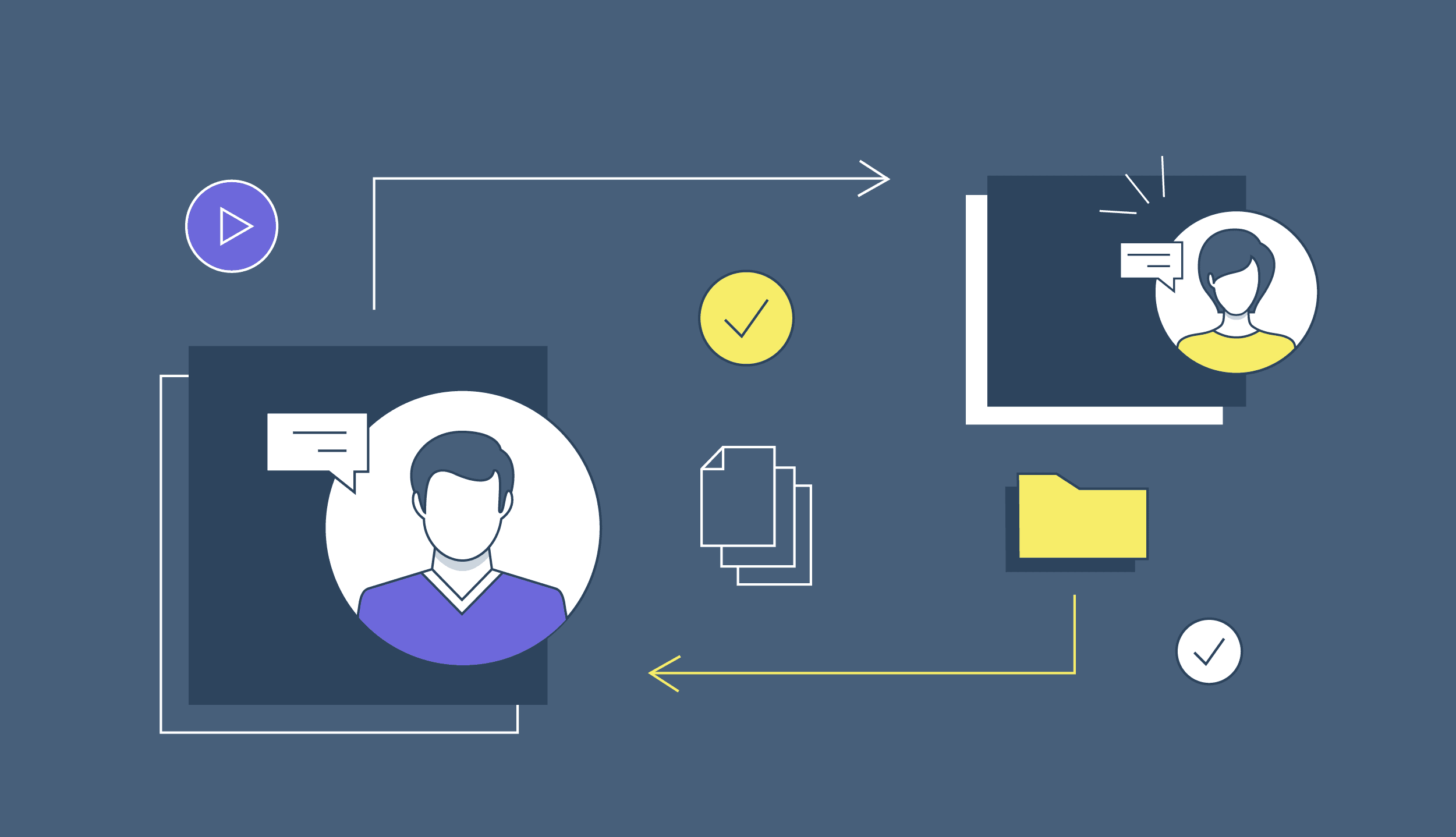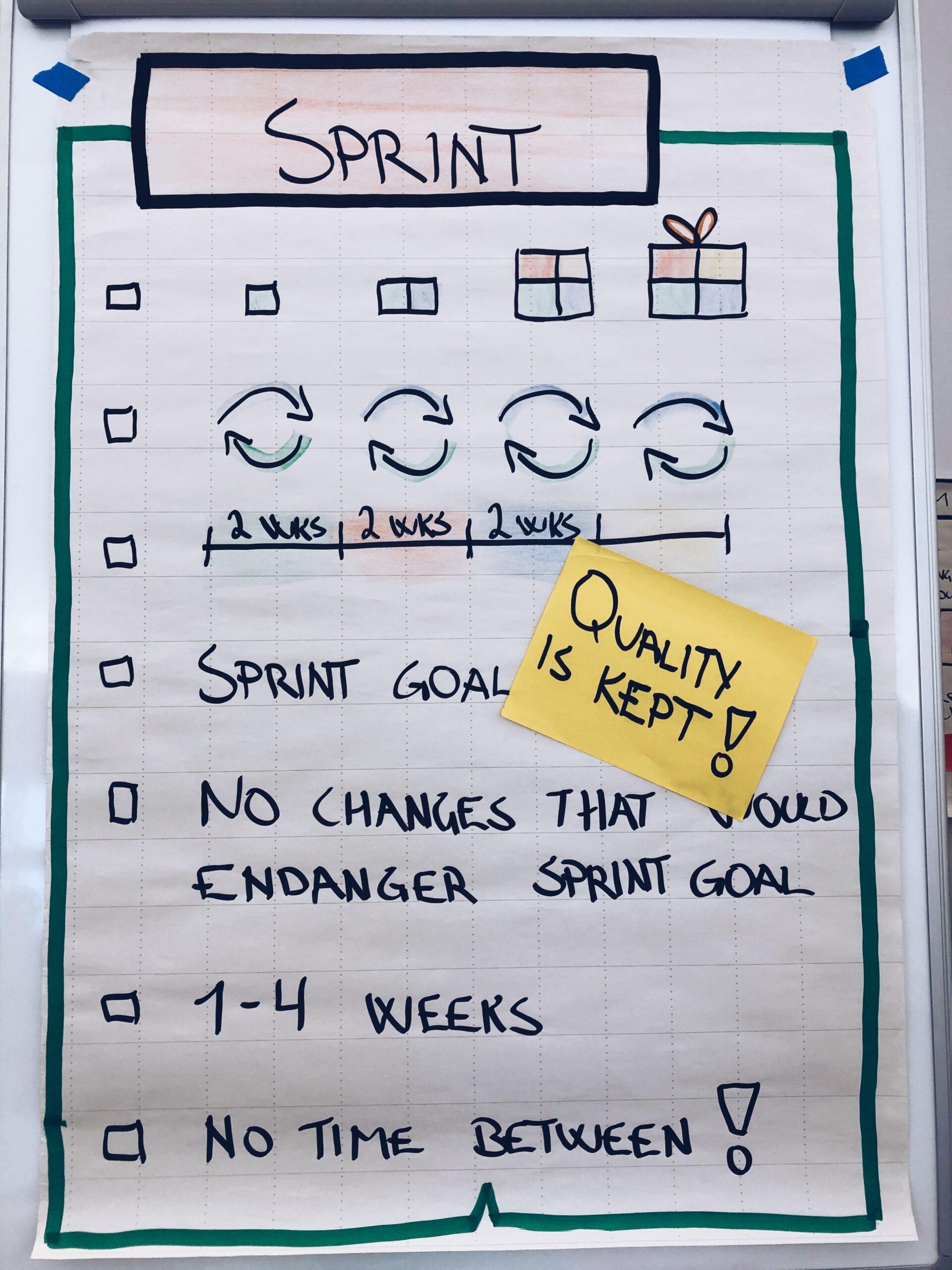
Remote HR | Blog Post
The Terminal Guide to Remote Onboarding
Linzi Nield
Share this post
The most important period of any employee’s tenure at your company is their first few weeks. It’s when they get their first impression of their role and their team, and it’s when they form an understanding of how to make an impact on your business. That means the stakes are high to provide a thoughtful and impactful remote onboarding program; doing so can help you foster a driven and engaged workforce for years to come. After all, organizations with a strong onboarding process improve new hire retention by 82% and productivity by over 70%.
And building an remote onboarding program for distributed employees is even more critical, as it helps them feel like full members of your team. You can’t rely on office culture to bolster your onboarding when your team is remote. A remote employee won’t be able to tap someone on the shoulder to ask a question, greet their new colleagues in the lunchroom, or find their own equipment in a supply cabinet.
In the Terminal Guide to Remote Onboarding, you’ll learn how to build a great remote onboarding program. We outline the steps necessary to help both you and your employees find long-term harmony, and include checklists to help you stay on track. Here are some key ways to get started.
Set clear expectations with new hires
Let your new hires know what is expected of employees at your company. After all, if individual goals aren’t clear and well-defined, how can an employee hope to meet them?
Schedule 1:1 time with managers
Make sure that managers are accessible to new hires from the get-go. 72% of employees say one-on-one time with their direct manager is the most important part of any onboarding process.
Start a buddy program
87 percent of organizations that assign an ambassador or buddy during the onboarding process say that it’s an effective way to speed up new hire proficiency. It can also help fight loneliness – something that 20% of remote workers say they struggle with.
Create a standardized experience for remote onboarding
One of the biggest onboarding challenges is providing a consistent experience no matter what team a new hire joins. Design structured workshops with a comprehensive curriculum to get employees up to speed.
Maintain a company handbook
A company handbook is a great way to document everything about your company and its work processes. It creates a powerful reference tool for new employees.
Foster a friendly digital culture
Feelings of isolation can threaten your new hire’s sense of belonging, and it’s important that you foster a culture that transcends geographical limitations.
Download our guide to create an effective onboarding program.
The work you put into onboarding your remote new hires will help them be more effective at their jobs. They’ll be better collaborators and have a clearer sense of how their day-to-day actions can influence overall business goals. And things like a company handbook, a friendly digital culture, and regular 1:1s benefit all of your employees — not just your new ones.
The Terminal Guide to Remote Onboarding goes in-depth on these topics and more, to help you craft your onboarding curriculum, create agendas for manager 1:1s, and overcome barriers to onboarding across time zones. You can use checklists and step-by-step instructions throughout the guide to ensure that you cover every aspect of remote onboarding and set your new hires up for success. After all, a well-thought-out remote onboarding program will beat a haphazard in-office onboarding program every time.


